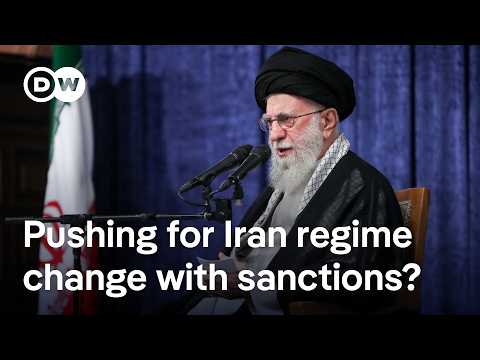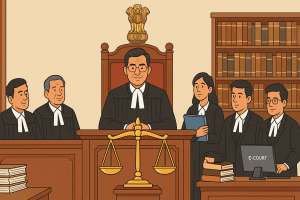Iran Faces Growing Unrest as Snapback Threatens Regime

By Hamid Enayat
Friday, 26 September 2025 01:47 PM EDT
Protesters in Toronto, Ontario, condemned the Islamic Republic of Iran for an execution and demanded human rights during a demonstration. Undated photo. (Beth Baisch/Dreamstime.com)
Iran Is One Step Away from a Popular Uprising
The activation of the “snapback” mechanism represents a critical blow to the regime’s war machine, potentially halting its expansionist ambitions. This move in the UN Security Council, reinstating prior sanctions against the religious dictatorship, could disrupt its geostrategic operations.
Thousands of Iranian diaspora members in the U.S. rallied on Sept. 23, while tens of thousands in Europe gathered in Brussels on Sept. 6, urging the snapback to be triggered. They argue it could curb the regime’s aggression and end bloodshed.
Since the Iran-Iraq War in 1988, the Islamic Republic has masked domestic repression with manufactured crises and cross-border conflicts, justifying internal control through external “crises.” The regime’s strategy of creating enemies—via slogans like “Death to Israel” and “Death to America”—relied on nuclear development, missile capabilities, and proxy networks.
This approach now faces a major setback. The snapback forces the regime to choose between two paths: continuing its enrichment programs or abandoning them. Either decision risks fueling unrest, as seen in prior protests. If it persists with enrichment, renewed sanctions could destabilize its fragile economy. If it surrenders, the regime’s repressive structures would collapse.
Supreme Leader Ali Khamenei has rejected negotiations, insisting on maintaining uranium enrichment. His refusal to abandon the nuclear program reflects fear of losing power. The snapback’s activation signals an end to the regime’s ability to delay crises through diplomacy.
Within Iran’s leadership, two responses emerge: some downplay sanctions, emphasizing reliance on allies like Russia and China, while others issue empty threats such as closing the Strait of Hormuz or conducting a nuclear test. These statements expose the regime’s inability to manage its growing instability.
For the Iranian people, the snapback offers a historic chance to reclaim their future amid economic collapse, executions, and repression. A society on the brink may now seize control from a failing regime.






